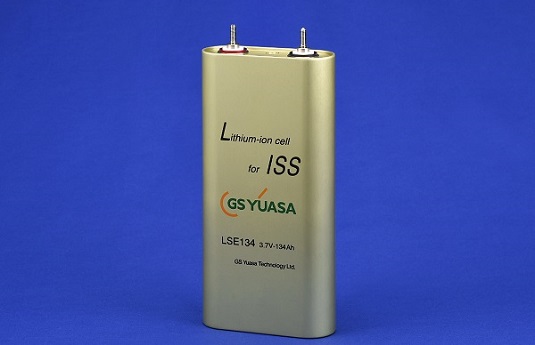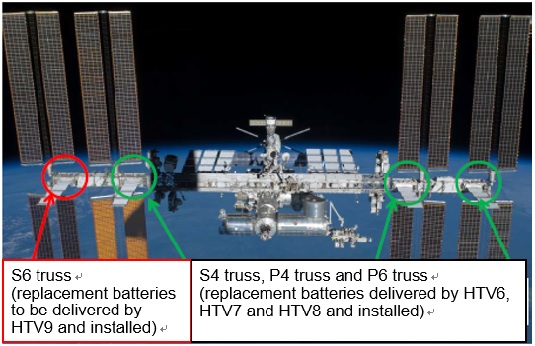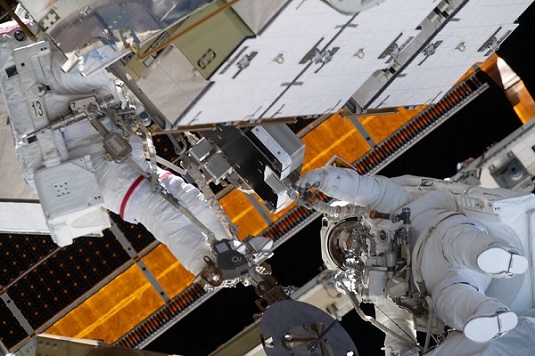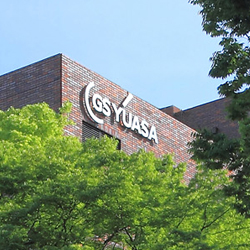GS Yuasa Corporation (Tokyo Stock Exchange: 6674; “GS Yuasa”) announced that the lithium-ion cells for the International Space Station (“ISS”), manufactured by group company GS Yuasa Technology Ltd. (“GYT”), have been loaded on to H-II Transfer Vehicle (“HTV”) “KOUNOTORI” 9 by the Japan Aerospace Exploration Agency (“JAXA”). The HTV is scheduled to be launched on May 21.
JAXA selected GYT’s lithium-ion cells for use in new-generation ISS batteries in 2012 to be delivered to the ISS in four separate batches. So far, the cells have been delivered to the ISS three times aboard HTV6, HTV7 and HTV8 (in December 2016, September 2018, and September 2019 respectively). This will be the final delivery of cells to the ISS.
The batteries delivered to the ISS will used to replace older batteries*1 that use nickel-metal hydride cells. Replacement of the batteries will be carried out by astronauts during space walks outside the space station.
GYT’s lithium-ion cells have also been installed in all of the HTVs used to transport supplies to the ISS*2. This will be the last mission for the HTV, and a new transfer vehicle, “HTV-X”, with enhanced delivery capacity is currently being developed. The HTV-X is targeted for use in future missions and as a platform for in-orbit technology demonstrations, and launches are scheduled from fiscal 2021 onward. The HTV-X is also to be installed with GYT’s lithium-ion cells*3 and the company will continue to work to support ISS operations.
GYT has been developing and supplying cells for use in space since the early days of space development in Japan in the 1970s. Since then, GYT has contributed to space development projects with the company’s silver oxide cells, thermal cells, lithium-ion cells, and other products being installed in Japanese solid-fuel and liquid-fuel rockets, and in satellites produced in Japan and elsewhere.
GS Yuasa will continue to contribute to the development of society by creating products with the highest standards of performance and quality for installation in satellites that play crucial roles in the building of societal infrastructure.
*1 Compared to the older batteries, lithium-ion batteries have higher energy density. 24 lithium-ion batteries can deliver energy equivalent to the 48 older batteries installed on the ISS.
*2 The lithium-ion cells (LMG100 and LMG200) installed on the HTV have been approved by Mitsubishi Electric Corporation, the company responsible for HTV power modules.
*3 The lithium-ion cells to be installed on the HTV-X were selected by Mitsubishi Electric Corporation, the company responsible for HTV service modules.
Specifications of the lithium-ion cells for ISS
| Nominal voltage (V) | 3.7 |
|---|---|
| Nominal capacity (Ah) | 148 |
| Dimensions(mm)※4 | W130×D50×H263 |
| Mass (g) | 3,530 |
■1. Lithium-ion cell for ISS

■2. International Space Station (©JAXA/NASA)

Location of S6 truss, where older batteries will be replaced with those delivered by HTV9
■3. Replacing batteries on the P6 truss (© NASA)






